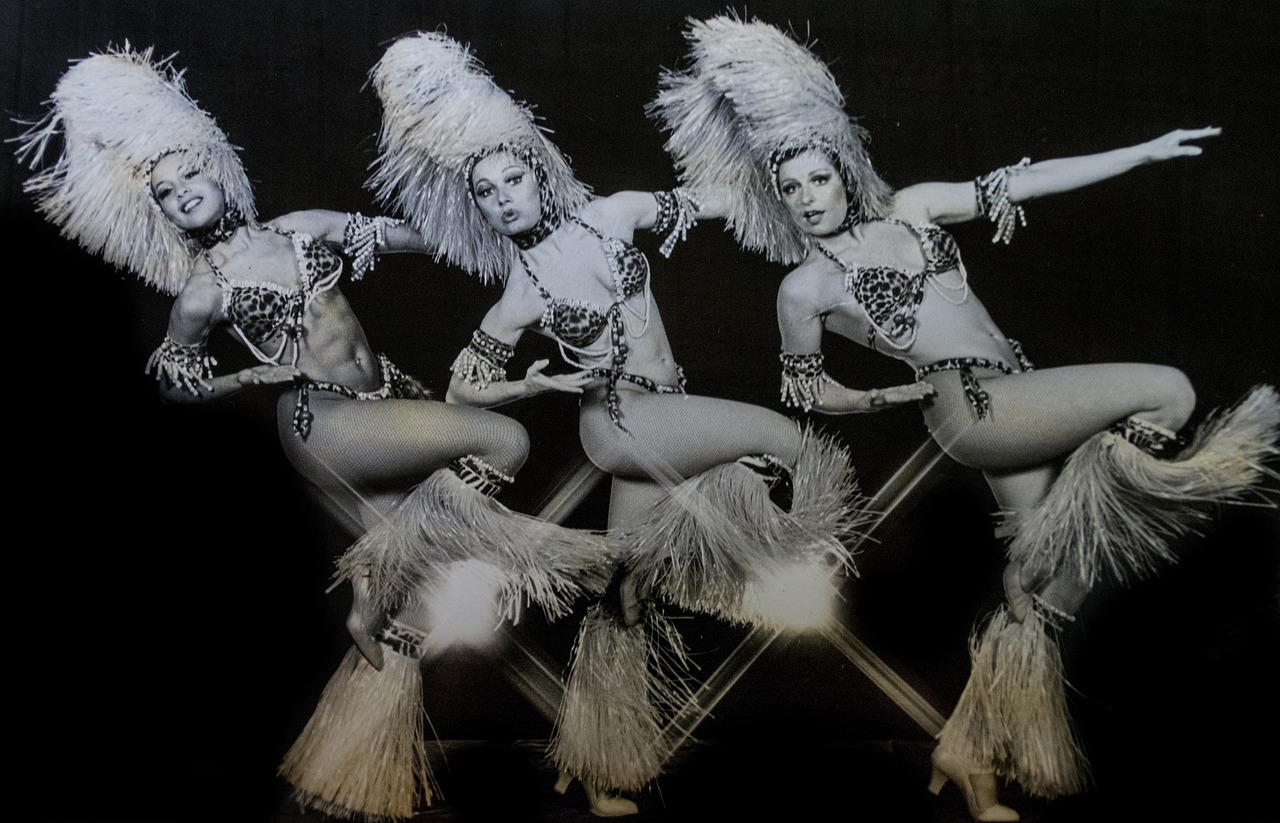Illuminating the Obscure: The Intricacies of Dark Cabaret
In the realm of arts and entertainment, there often lurk genres and styles that do not regularly bask in the limelight. One such captivating yet relatively unexplored territory is Dark Cabaret. This genre, with its unique blend of music, theatre, and visual arts, offers an intriguing divergence from the mainstream, making it worthy of exploration and appreciation.

Delving into the Historical Shadows
The roots of Dark Cabaret can be traced back to the late 19th and early 20th centuries, predominantly in Europe. The genre was born out of the era’s cabaret culture, with its proclivity for satire, parody, and a penchant for the macabre. The Weimar Republic of Germany, with its thriving artistic scene, was one of the key incubators of this distinctive style. Dark Cabaret fused elements of vaudeville, burlesque, and decadent literary traditions, creating a unique niche that contrasted with the mainstream.
Current Resonance of Dark Cabaret
In the present day, Dark Cabaret has seen a modest resurgence. Artists like Amanda Palmer and The Dresden Dolls, Voltaire, and Hannah Fury have brought the genre into contemporary consciousness, marrying traditional elements with modern sensibilities. This has led to the genre gaining a cult following, with audiences drawn to its dark, theatrical, and often surreal appeal.
Impact and Reception of Dark Cabaret
The impact of Dark Cabaret is seen in its ability to challenge the status quo. With its emphasis on the macabre, the grotesque, and the absurd, it provides a counterpoint to more sanitized, mainstream artistic expressions. Its reception, while still niche, is passionate, with fans appreciating the genre’s unique blend of music, theatre, and visual arts. Its influence can also be seen in the broader Gothic subculture, contributing to its aesthetic and thematic richness.
The Uncharted Future of Dark Cabaret
The future of Dark Cabaret remains an open question. Its current resurgence suggests a growing appetite for alternative artistic expressions. As such, it is poised to continue evolving, adapting, and captivating audiences in the years to come.
In conclusion, Dark Cabaret, while still largely obscure, offers a rich and intriguing facet of the arts and entertainment landscape. Its historical roots, current manifestations, and potential future underscore its enduring appeal and its capacity to challenge and captivate audiences. It is a testament to the endless diversity and dynamism of creative expression, inviting us to venture beyond the familiar and explore the shadows.




